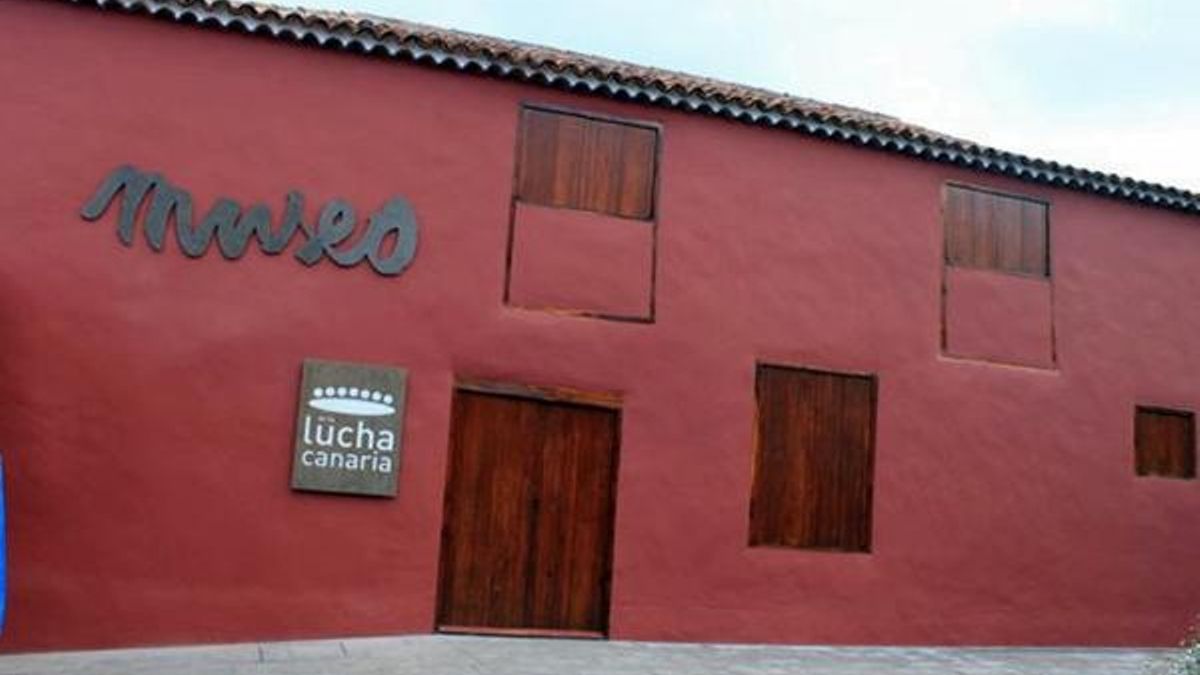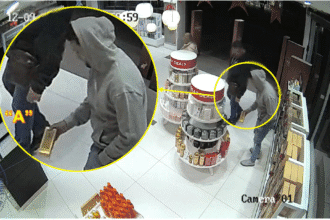Maritime Front Measurements Executed in Fuerteventura
The Department of Ecological Transition and Energy of the Government of the Canary Islands, led by Mariano H. Zapata, has conducted a measurement campaign along the maritime front between the port of Puerto del Rosario and the industrial area of Las Salinas, Fuerteventura. The aim is to ascertain the depth, underwater relief, and seabed composition to plan adaptation measures in response to rising sea levels and coastal erosion. The budget for analysing these six areas across the Canary Islands amounts to €111,300, while the overall project, ADAPTACOST6, has a total investment of €2,317,300.
The initiative, developed along the coastline of Fuerteventura, has resulted in detailed underwater cartography over an area of 3.7 million square metres, with a resolution of 0.25 metres, as well as sediment samples to determine the texture and characteristics of the substrate.
Strategic Importance of Puerto del Rosario
Mariano H. Zapata, the Minister of Ecological Transition and Energy, emphasised that “Puerto del Rosario is a strategic location that is simultaneously vulnerable to the impacts of climate change, as critical infrastructures such as the thermal power station and desalination plant converge in this coastal stretch, alongside residential areas such as the neighbourhood of El Charco.” He highlighted that “having high-precision scientific information allows us to anticipate risks, reduce uncertainties, and design effective adaptation solutions to ensure the safety of the population and essential services in the coming decades.”
Future Climate Scenarios
Zapata also noted that, using the collected data, “high-resolution climate scenarios will be developed for the year 2050, which will allow the simulation of various flooding and erosion situations, forming the basis for prioritising and sizing adaptation measures within Canary Islands’ coastal resilience strategy.”
Fieldwork Overview
The work has been carried out by ECOS, Estudios Ambientales y Oceanografía S.L., commissioned by TRAGSATEC, the entity responsible for the coordination of the ADAPTACOST6 project. Field campaigns took place between June and August 2025, employing multi-beam echo sounders, inertial navigation, and motion compensation techniques to ensure the accuracy of the results.
The study of Puerto del Rosario is part of the ADAPTACOST6 assignment, which encompasses a total of six coastal areas across the Canary Islands, including Fuerteventura, La Palma, La Gomera, Tenerife, Gran Canaria, and Lanzarote.














